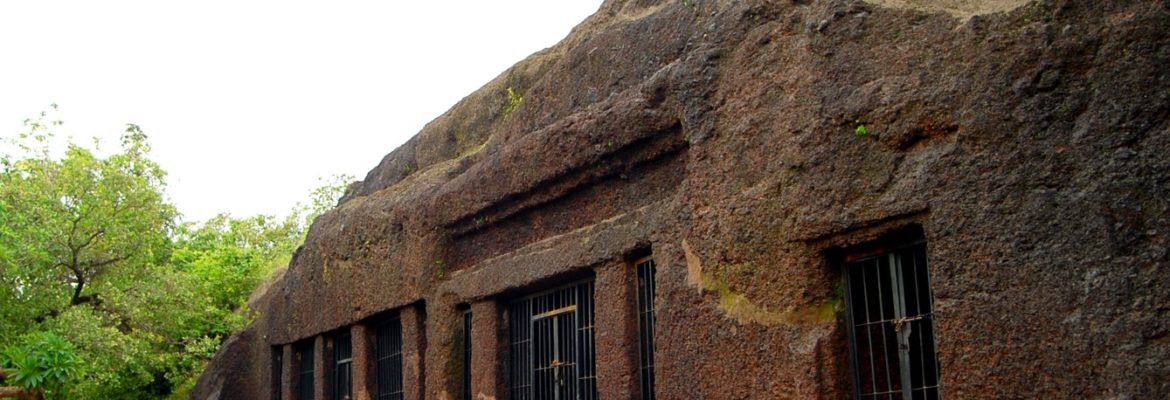By: Prajal Sakhardande, Bureau Chief-ICN Goa
PANAJI: Goa’s history goes back to her pre–historic Palaeolithic existence of the earliest humans in the caves or the banks of the Mhadei (Mandovi), Kushawati, Zuari, Dudhsagar rivers tracing their footprints through the Pansaimoll, Uzgallimall laterite beds to the Sosogad, Molanguinim, Diwar, Varkhand, Uskai, Chicalim, Sanguem, Dharbandoda, Mashem and several other caves.
Its Neolithic Gaunkaris that is the village communities were its next progressive step, cultivating and creation of the khazans by the Kunbis, Gawdas, Velips, the Kharwis or the fisherfolk and later the Dravidians, Aryans building on to create or cosmopolitan Goan cultural space.
From the very republican Gaunponns to the horse tapping of the Kings, Goa entered a new phase galloping her way through the Shatvahanas, the Chuttus, the Abhirs, the Traicutas, the Konkan Mauryas, the Shilahars till the advent of the Kadamb from the 4thCen. B.C. till the 11th Cen. A.D.
The Kadamb were good administrators and ruled Goa for three half a centuries (from 11th till mid14th cen. A.D.) Kings Shashtadev I, Shashtadev II, Jaykeshi I, Jaykeshi II and Queens such as Kamladevi ruled the Kadamb Golden era.
This was followed by the tussle over Goa between the Muslim Bahamanis and the Hindu Vijaynagar in the 14th and the 15th century Goa. The horse trade being the main attraction. An offshoot of the Bahamanis the Adilshahis conquered Goa in the year 1498.
The Portuguese took over Goa from the Adilshah in 1510 and held to it for 451 years. Of course not uniformly though as the various mahals of Goa came under the Portuguese rule in different periods in history. The last mahal to come under the Portuguese rule was the Pednem mahal as late as 1788.
The Portuguese rule brought in with it conversions of many a Hindu to Christianity, building of art of World Heritage such as the Basilica and Se Cathedral Churches.
Goan intellectuals such as Abbe Faria, Dr. Francisco Luis Gomes, Menezes Braganza, Padre Alvares, Shennoi Goembab, Bernardo Peres da Silva, Dada Vaidya provided the intellectual fervour to Goa.
The Uniform Civil Code of 1867 modified in 1910 is a positive legacy of the Portuguese rule in Goa. The Cuncolim revolt of 1583 against the Portuguese conversion policy is a landmark in the history of Goa.
The Pinto revolt of 1787, the Rane revolts and lengthy freedom struggle: Satyagrahi and the Armed struggle led o the martyrdom of many a freedom fighter such as Bala Raya Mapari, Camilo Pereira, Suresh Kerkar, Hirve Guruji, Sardar Karnail Singh Benipal, Manohar Pednekar and several others.
Dr. T. B. Cunha and Dr. Ram Manohar Lohia, Purushottam Kakodkar, Vishwanath Lawande pioneered the struggle. Women such as Vatsala Kirtani, the Menezes Braganza Sisters–Berta & Beatriz, Maria Carlista Araujo, Sudhatai Joshi, Sharda Savaikar, Laura D’Souza and many others participated in the struggle to liberate Goa. However, the liberation was brought in finally by the Operation Vijay forces o 19thDecember, 1961.




